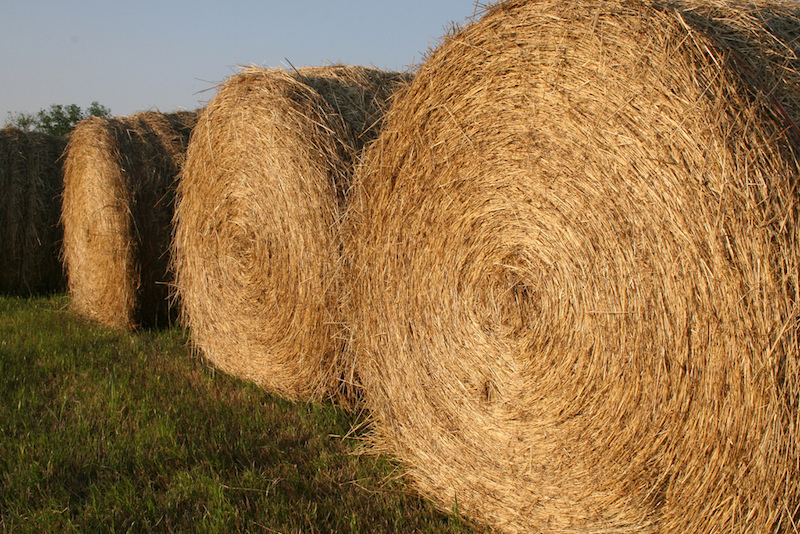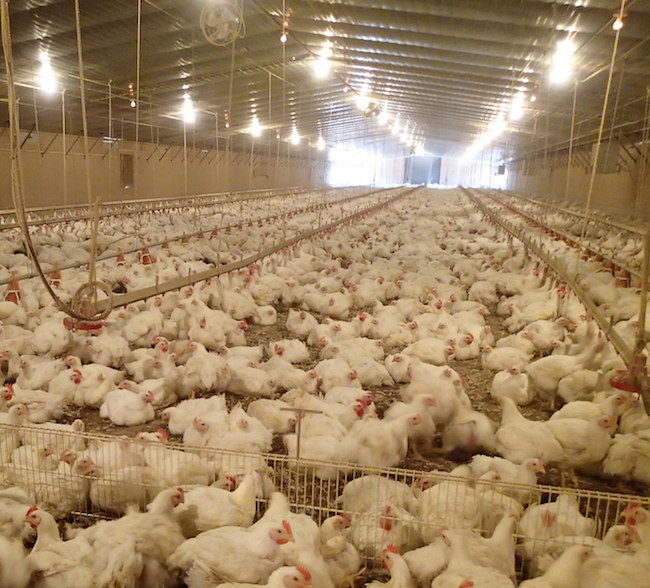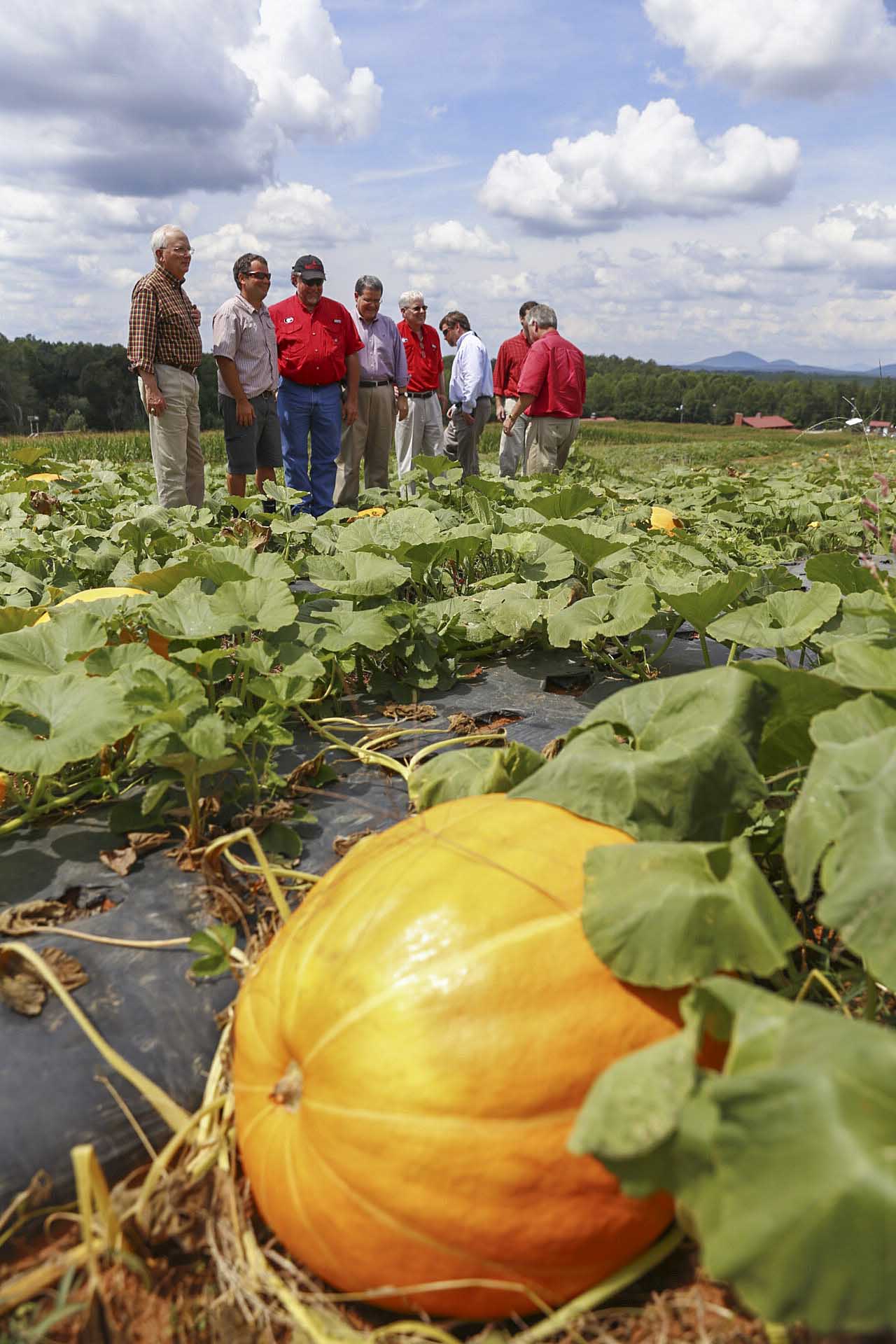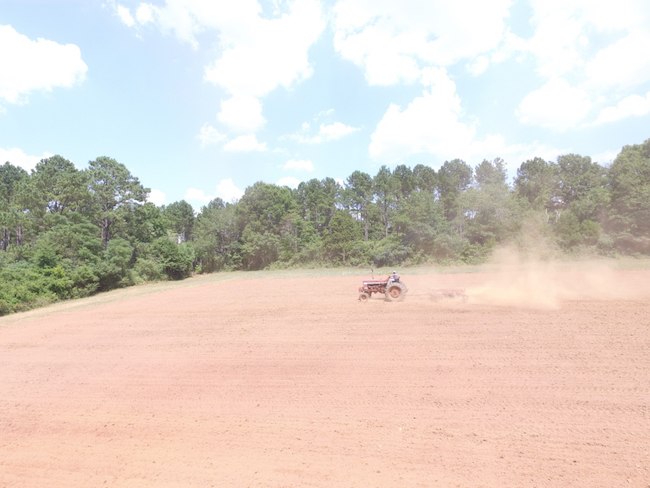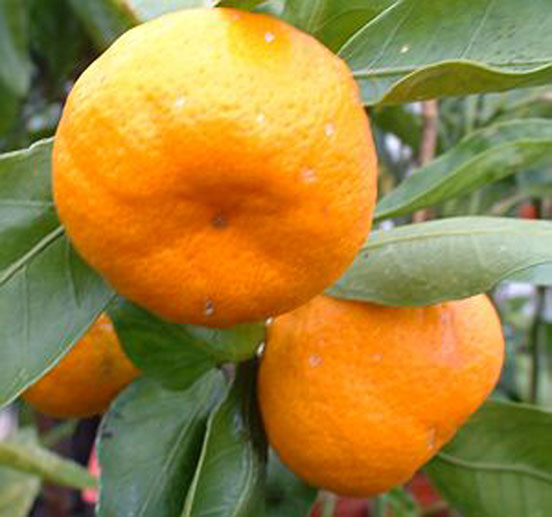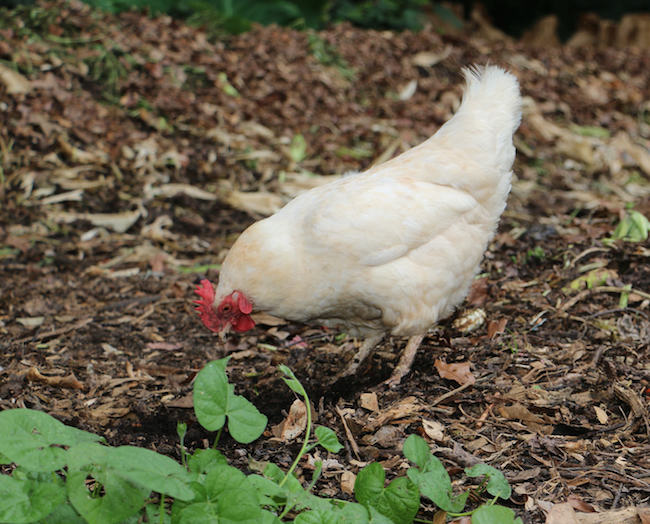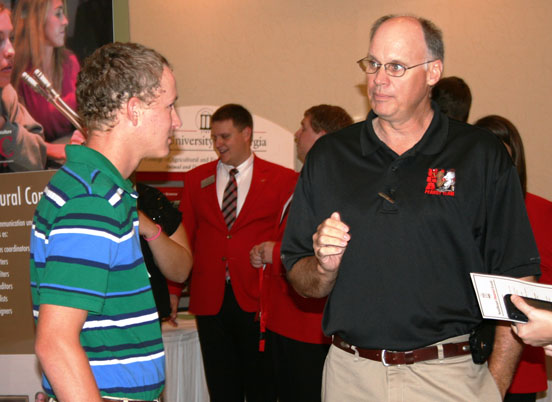 CAES News
CAES News
Deadline to preregister for UGA Southwest showCAES recruiting event is Sept. 11
The deadline to preregister for the University of Georgia Southwest showCAES recruiting event is this Friday, Sept. 11.

